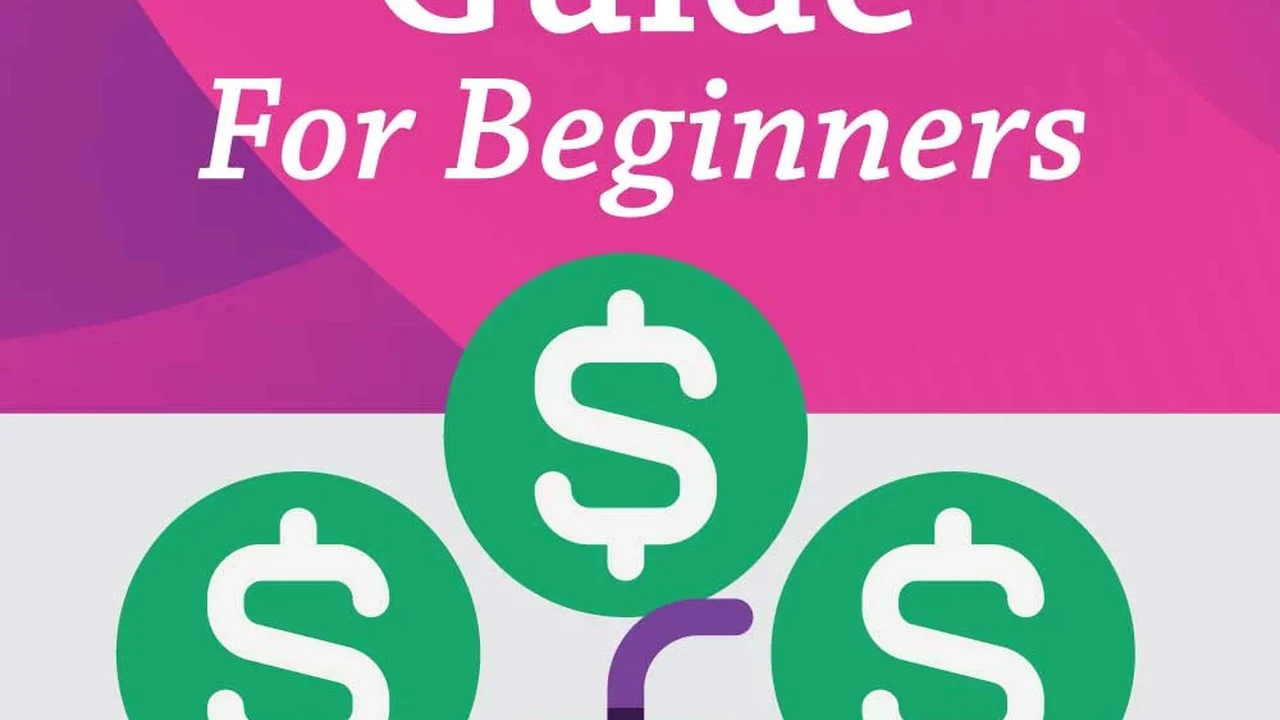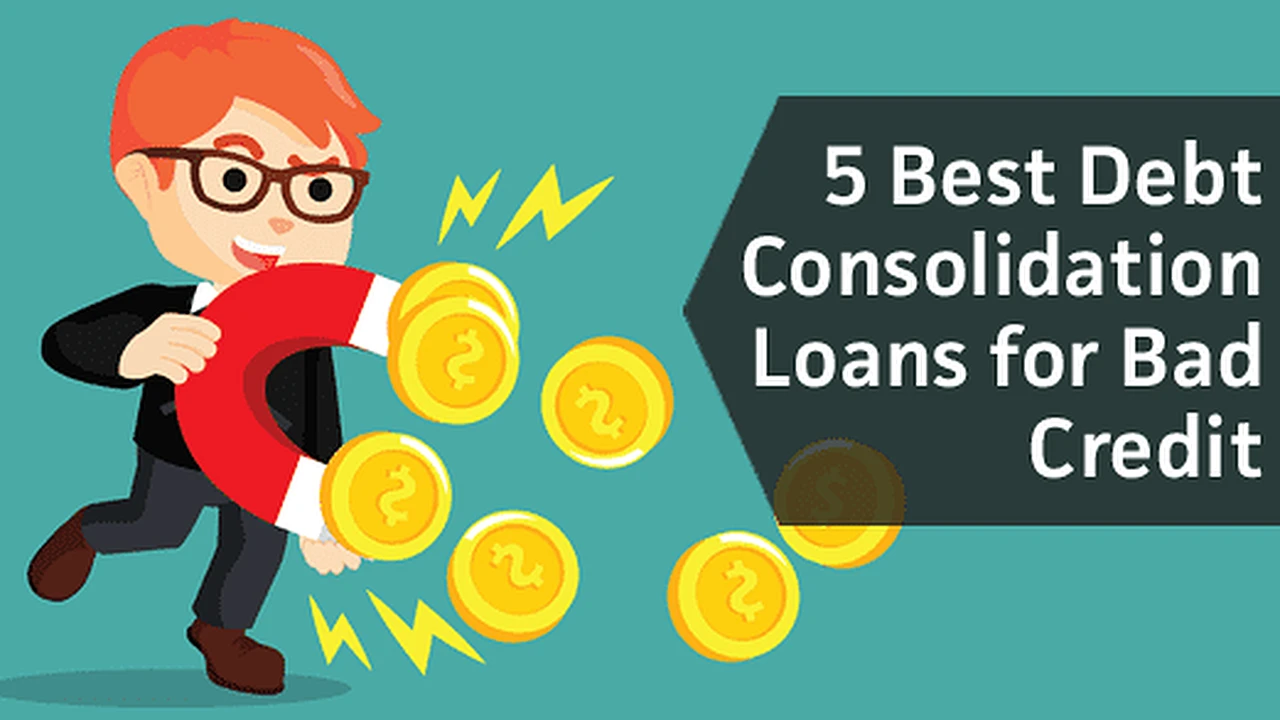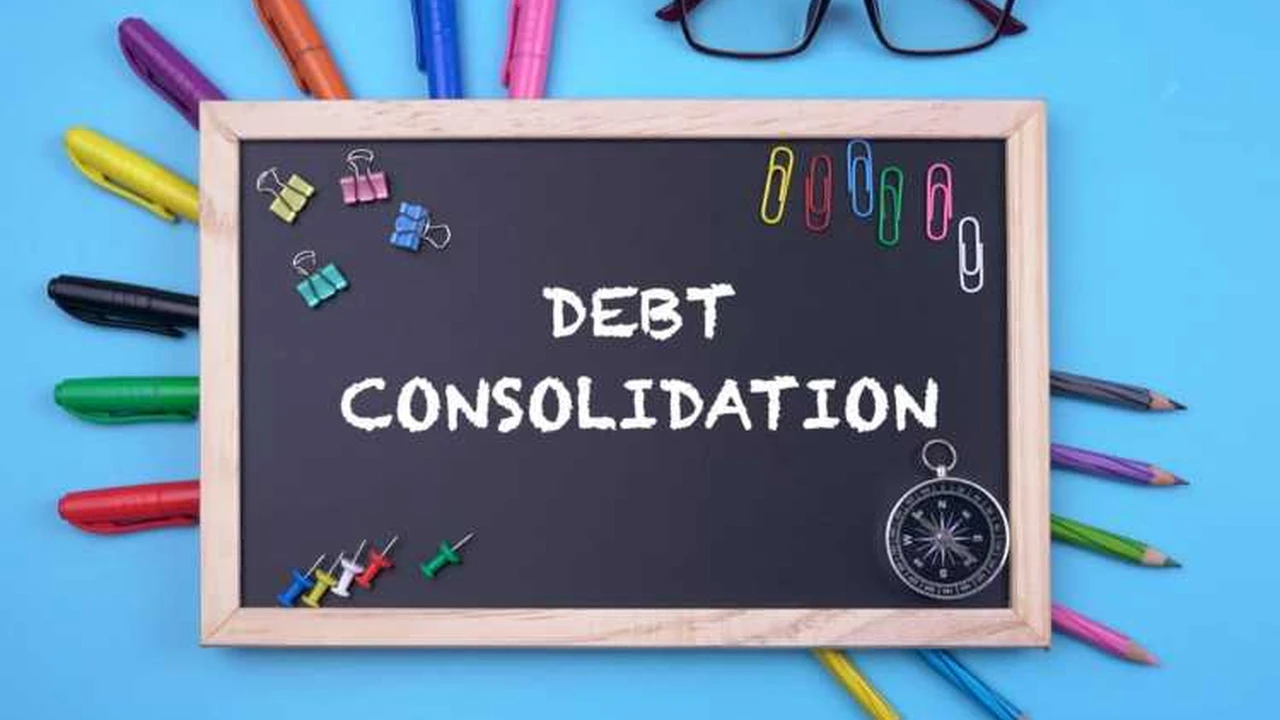Debt Consolidation and Your Budget How to Make it Work
Integrate debt consolidation into your personal budget to ensure successful repayment and long-term financial stability.

Integrate debt consolidation into your personal budget to ensure successful repayment and long-term financial stability.
Debt Consolidation and Your Budget How to Make it Work
So, you've decided to take the plunge and consolidate your debts. That's a fantastic first step towards financial freedom! But here's the thing: debt consolidation isn't a magic bullet. It's a powerful tool, but its effectiveness hinges on one crucial element: your budget. Without a solid budget in place, even the best consolidation plan can fall apart, leaving you right back where you started, or even worse off. This article is all about making debt consolidation work for you by seamlessly integrating it into your personal budget. We'll cover everything from understanding your new consolidated payment to finding extra cash, choosing the right budgeting tools, and even recommending some specific products to help you stay on track.
Understanding Your New Consolidated Payment Debt Consolidation Basics
The primary goal of debt consolidation is to simplify your finances and often reduce your monthly payments or interest rates. Instead of juggling multiple payments to different creditors, you now have one single payment. This new payment is the cornerstone of your post-consolidation budget. It's vital to understand exactly what this payment entails:
- The Amount: This is the most obvious. You need to know the exact dollar figure you'll be paying each month.
- The Due Date: Mark this on your calendar, set reminders, and make sure you never miss it. Late payments can negate the benefits of consolidation and harm your credit score.
- The Interest Rate: While hopefully lower than your previous average, understanding your new interest rate helps you grasp how quickly you'll pay down the principal.
- The Term: How many months or years will it take to pay off this consolidated debt? A longer term might mean lower monthly payments but more interest paid over time.
Once you have these figures locked down, you can start building your budget around them. Think of your consolidated debt payment as a fixed expense, just like your rent or mortgage. It's non-negotiable.
Assessing Your Current Financial Situation Budgeting Before Debt Consolidation
Before you even think about integrating your new consolidated payment, you need a crystal-clear picture of your current financial landscape. This means a thorough assessment of your income and expenses. Many people skip this step, and it's a huge mistake. Here's how to do it:
- Track Your Income: List all sources of income – your salary, side hustles, rental income, etc. Be precise.
- Track Your Expenses: This is where the real work begins. For at least a month, meticulously track every single dollar you spend. Categorize everything: housing, utilities, groceries, transportation, entertainment, dining out, subscriptions, personal care, etc. Don't forget those irregular expenses like annual insurance premiums or car maintenance.
- Identify Fixed vs. Variable Expenses: Fixed expenses (rent, loan payments, insurance) are generally the same each month. Variable expenses (groceries, entertainment, dining out) fluctuate.
- Calculate Your Net Income: Income minus expenses. Are you in the black or the red? This exercise will be eye-opening for many.
There are many ways to track expenses. You can use a simple spreadsheet, a notebook, or a budgeting app. The key is consistency. This initial assessment will show you where your money is actually going and highlight areas where you can potentially cut back to free up cash for your consolidated debt.
Crafting Your New Budget Integrating Debt Consolidation Payments
Now that you know your consolidated payment and your current spending habits, it's time to build a new budget that prioritizes your debt repayment. Here’s a step-by-step approach:
- Prioritize Your Consolidated Payment: As mentioned, treat this as a fixed, essential expense. Allocate funds for it first, right after your other absolute necessities like housing and food.
- Identify Areas for Cutting Back: Look at your variable expenses. Can you reduce dining out? Cancel unused subscriptions? Find cheaper alternatives for groceries? Even small cuts can add up. For example, if you spend $100 a month on streaming services, cutting two of them could free up $20-$30. If you spend $150 a month on coffee shop visits, making coffee at home could save you $100.
- Allocate Remaining Funds: After covering your consolidated debt and essential living expenses, allocate the rest of your income. This might include savings goals (even a small amount is good), discretionary spending, or even making extra payments on your consolidated debt.
- Consider the 50/30/20 Rule: This popular budgeting guideline suggests allocating 50% of your income to needs (housing, food, utilities, debt payments), 30% to wants (entertainment, dining out, hobbies), and 20% to savings and debt repayment (beyond minimums). Your consolidated debt payment will fall under the 'needs' category, but any extra payments you make would be part of the 'savings and debt repayment' category.
- Build a Buffer: Try to build a small buffer in your checking account. This prevents you from dipping into credit cards if an unexpected expense pops up, which is crucial for staying debt-free.
Remember, a budget is a living document. It's not set in stone. You'll need to review and adjust it regularly as your income or expenses change.
Finding Extra Cash to Accelerate Debt Repayment Budget Optimization Strategies
The faster you pay off your consolidated debt, the less interest you'll pay overall. Finding extra cash to make additional payments can significantly shorten your repayment term. Here are some strategies:
- Side Hustles: Can you drive for a ride-sharing service, freelance, tutor, or sell crafts online? Even a few hundred extra dollars a month can make a big difference.
- Sell Unused Items: Declutter your home and sell items you no longer need on platforms like eBay, Facebook Marketplace, or local consignment shops.
- Negotiate Bills: Call your internet, cable, and insurance providers. Ask if there are any new promotions or ways to lower your monthly bill. You'd be surprised how often this works.
- Temporary Lifestyle Changes: For a few months, commit to a stricter budget. Pack your lunch, skip the daily coffee run, limit entertainment expenses. Think of it as a temporary sacrifice for long-term gain.
- Automate Savings/Extra Payments: Set up an automatic transfer from your checking account to your consolidated loan every payday, even if it's just an extra $25 or $50. You won't miss money you don't see.
- Tax Refunds and Bonuses: Instead of spending windfalls, direct them straight to your consolidated debt.
Every extra dollar you put towards your principal reduces the total interest you'll pay and gets you closer to being debt-free.
Tools and Apps for Budgeting and Debt Management Recommended Products
In today's digital age, there's no shortage of tools to help you manage your budget and track your debt. Here are some popular and effective options, along with their typical use cases and pricing:
YNAB You Need A Budget
- Use Case: Ideal for those who want a proactive, zero-based budgeting approach. YNAB encourages you to give every dollar a job, ensuring no money is unaccounted for. It's excellent for breaking the paycheck-to-paycheck cycle and building financial awareness.
- Features: Connects to bank accounts, real-time expense tracking, goal setting, detailed reports, mobile app.
- Comparison: More hands-on than some other apps, requiring active participation. Its philosophy is about planning where your money goes before you spend it.
- Pricing: Typically around $14.99/month or $99/year. Offers a free trial.
Mint
- Use Case: Great for beginners or those who want a comprehensive overview of their finances in one place. Mint automatically categorizes transactions and provides insights into spending habits.
- Features: Connects to bank accounts, credit cards, loans, and investments. Budgeting tools, bill tracking, credit score monitoring, financial goal setting.
- Comparison: More automated and less hands-on than YNAB. It's good for seeing where your money went, rather than strictly planning where it will go.
- Pricing: Free, supported by ads and financial product recommendations.
Personal Capital
- Use Case: Best for individuals with investments or those looking for a holistic view of their net worth. While it has budgeting features, its strength lies in investment tracking and financial planning.
- Features: Connects all financial accounts, net worth tracker, investment analysis, retirement planner, cash flow analyzer.
- Comparison: More focused on wealth management than day-to-day budgeting compared to Mint or YNAB.
- Pricing: Free for the basic tracking tools. Offers paid financial advisory services.
Tiller Money
- Use Case: Perfect for spreadsheet enthusiasts who want the power of automated data but the flexibility of Google Sheets or Excel. Tiller automatically feeds your financial transactions into a customizable spreadsheet.
- Features: Automated transaction feeds, pre-built spreadsheet templates (daily budget, weekly budget, debt payoff, net worth), full customization.
- Comparison: Offers unparalleled flexibility for those comfortable with spreadsheets, allowing for highly personalized budgeting systems.
- Pricing: Around $79/year after a free trial.
Fidelity Full View
- Use Case: If you're already a Fidelity customer or looking for a free, robust financial aggregator. It provides a comprehensive view of all your accounts, similar to Mint, but often with a cleaner interface and fewer ads.
- Features: Aggregates all financial accounts (Fidelity and external), spending analysis, budgeting tools, net worth tracking.
- Comparison: A strong free alternative to Mint, especially if you value privacy and a less ad-heavy experience.
- Pricing: Free.
Manual Budgeting with Spreadsheets or Notebooks
- Use Case: For those who prefer a low-tech approach, want complete control, or find digital tools overwhelming.
- Features: Requires manual entry of all transactions. Can be as simple or complex as you make it.
- Comparison: The most basic and free option. Requires significant discipline and time but offers a deep understanding of your spending.
- Pricing: Free.
When choosing a tool, consider your comfort level with technology, your budgeting style (proactive vs. reactive), and whether you need investment tracking in addition to budgeting.
Staying Accountable and Making Adjustments Budget Review and Optimization
Creating a budget is only half the battle; sticking to it and making it work long-term is the real challenge. Here's how to stay accountable and optimize your budget:
- Regular Reviews: Schedule weekly or bi-weekly budget reviews. Look at your spending, compare it to your plan, and see where you stand. This helps catch problems early.
- Be Realistic: Don't create an overly restrictive budget that's impossible to follow. If you love your morning coffee, budget for it! Depriving yourself completely often leads to burnout and overspending later.
- Track Progress: Celebrate small wins! Seeing your debt balance decrease or your savings grow can be incredibly motivating. Many apps and spreadsheets have features to visualize your progress.
- Adjust as Needed: Life happens. Your income might change, unexpected expenses arise, or your priorities shift. Don't be afraid to adjust your budget. It's a tool to serve you, not the other way around.
- Automate Payments: Set up automatic payments for your consolidated debt. This ensures you never miss a payment and helps build consistency.
- Build an Emergency Fund: This is critical. Even a small emergency fund (e.g., $1,000) can prevent you from relying on credit cards again when unexpected costs arise. Prioritize building this fund alongside your debt repayment.
- Find a Budget Buddy: If you have a trusted friend or family member who is also working on their finances, consider checking in with each other regularly for support and accountability.
Integrating debt consolidation into your budget is not just about numbers; it's about changing your financial habits and mindset. It requires discipline, consistency, and a willingness to adapt. But by taking control of your budget, you're not just paying off debt; you're building a foundation for lasting financial stability and peace of mind. Make your budget your best friend on this journey, and you'll be well on your way to a debt-free future.
:max_bytes(150000):strip_icc()/277019-baked-pork-chops-with-cream-of-mushroom-soup-DDMFS-beauty-4x3-BG-7505-5762b731cf30447d9cbbbbbf387beafa.jpg)






